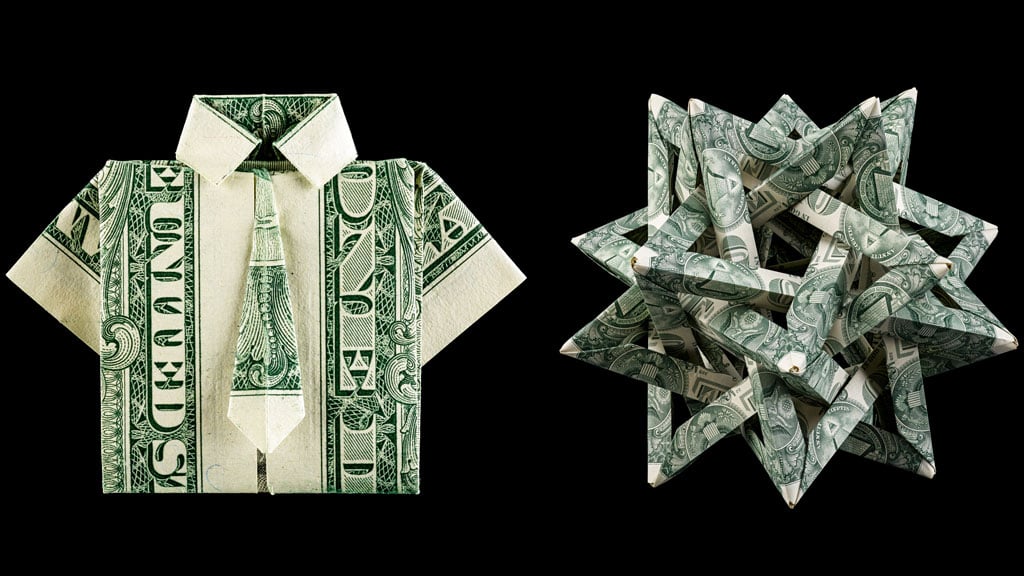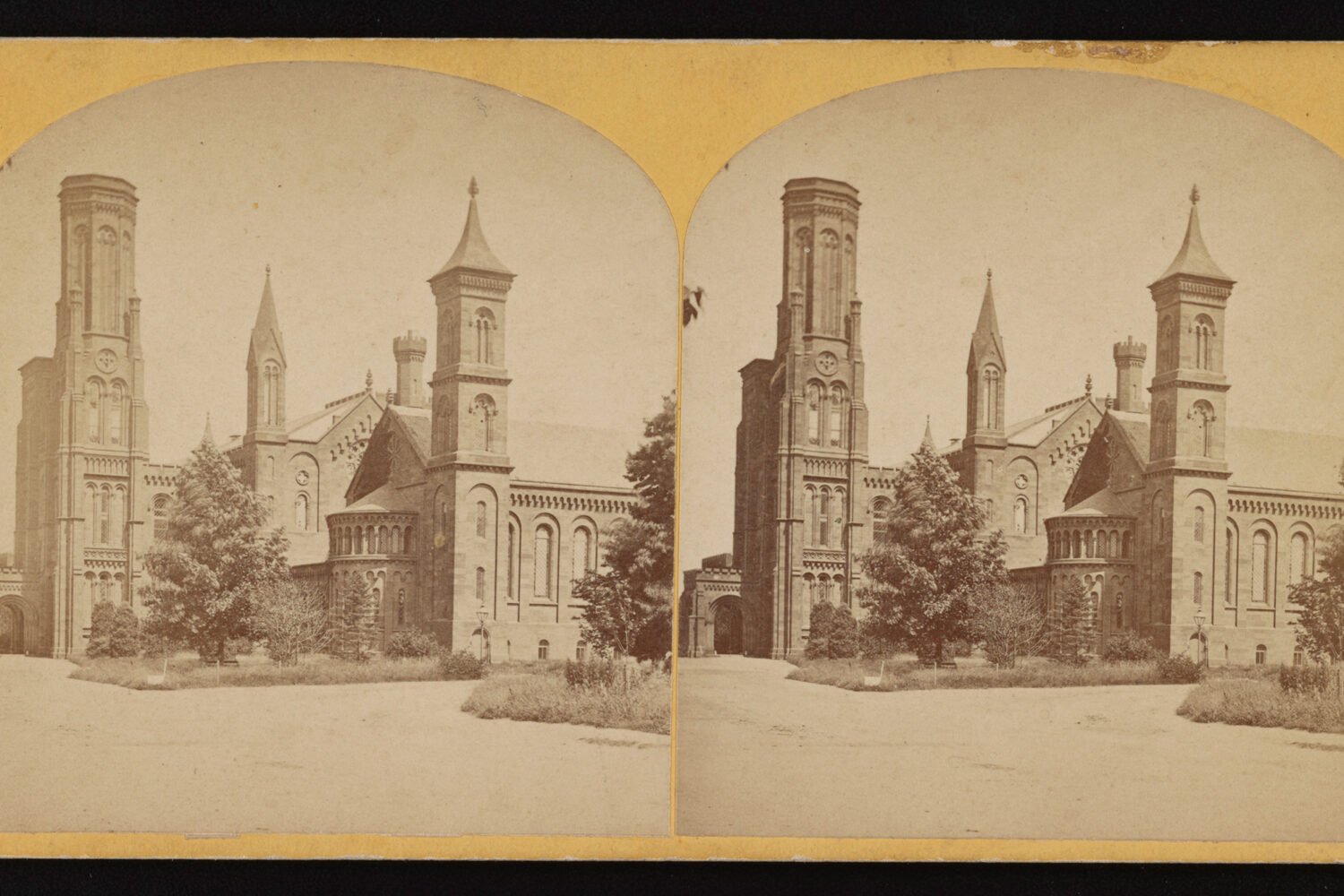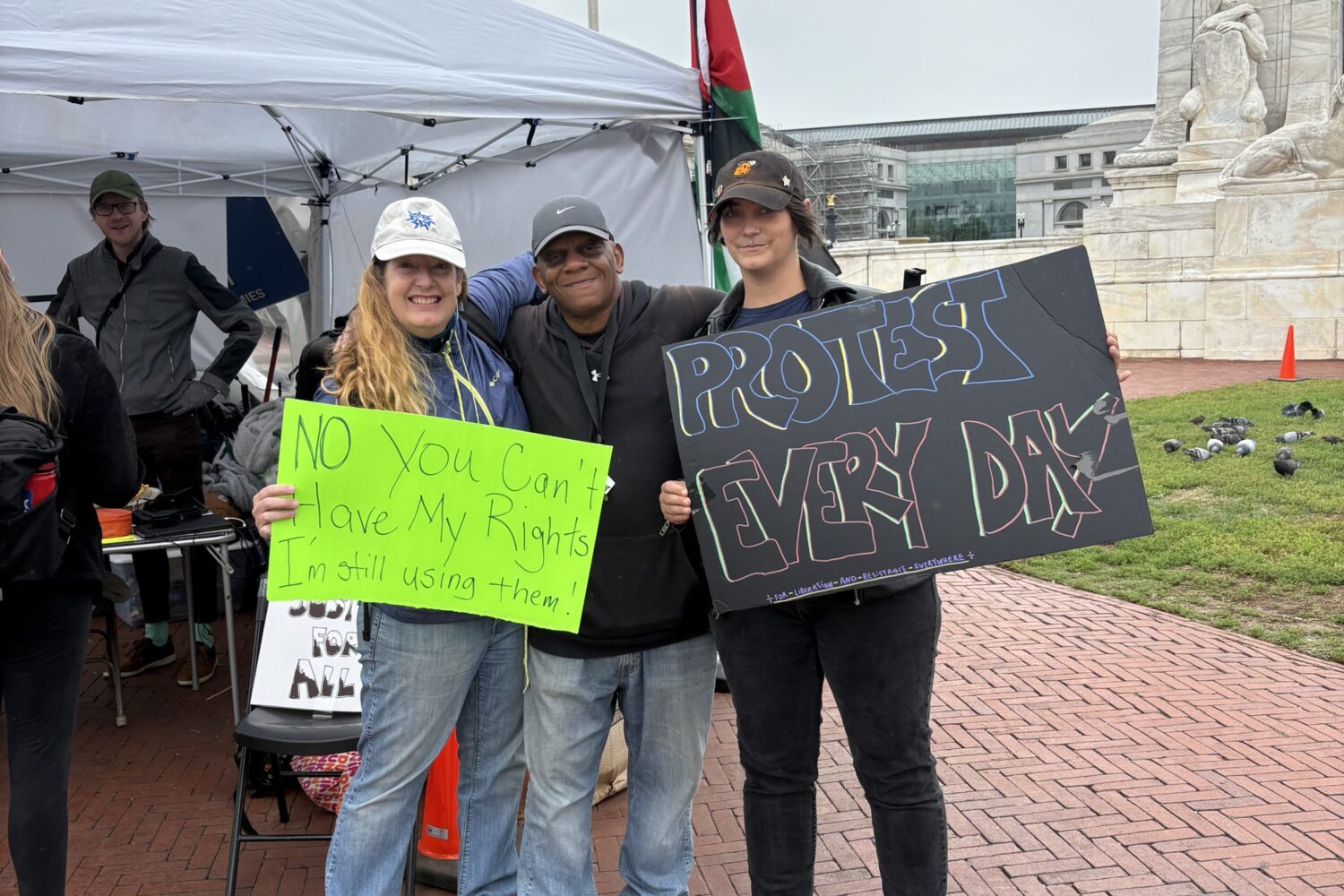My uncle Ron has always rejected the seriousness of adulthood.
There was the time he got a jukebox for his living room. Or the year he installed a stoplight and parking meters in his driveway, where he’d sometimes display one of his extra-small European Mini Coopers. In his and his family’s backyard in Madison, Wisconsin, you’ll notice a fence made out of skis he’s collected from garage sales. And every summer, you could count on him to bring dozens of inflatable rafts and remote-control boats to our cabins in Northern Wisconsin.
Through his consistently delightful antics, he became our “fun uncle.” He earned it.
Among his many quirks, there’s one that will always be closest to me and my family’s hearts: his folding one-dollar bills into origami figurines. For as long as I can remember, Ron would keep a stack of crisp bills in his black leather wallet to pull out and fold for any occasion. A shirt and tie, an elephant, a ring, and a frog were some of his most popular creations.
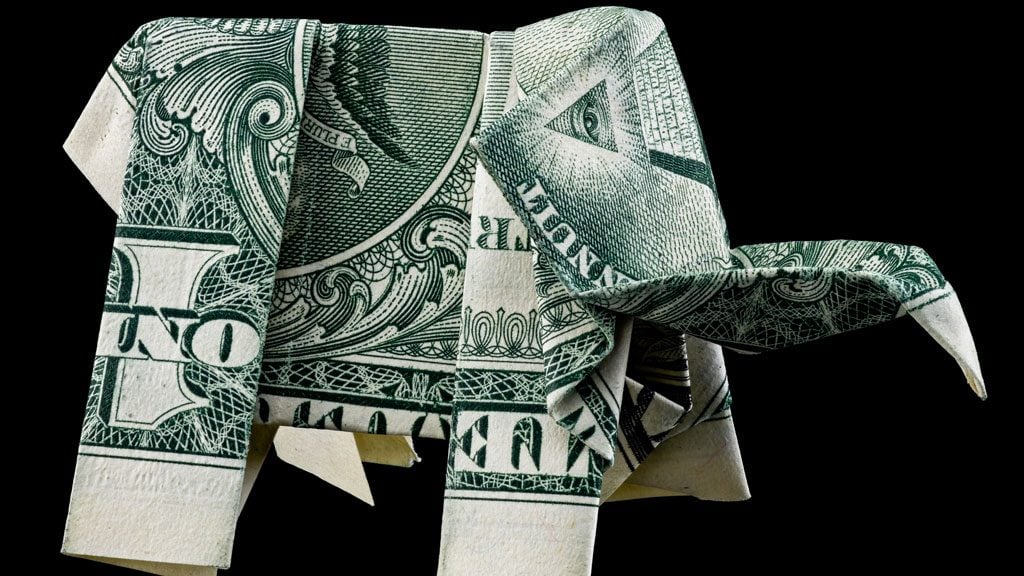
Some of those pieces, along with something Ron calls an “interlocking tetrahedron” made from 30 one-dollar bills, are now displayed in a glass case at the Smithsonian’s National Museum of American History. They live in the museum’s new Gallery of Numismatics (a fancy word for the study of currency) in an exhibit called “The Value of Money,” which opened in late September. Other items in the collection include a personal check signed by President James Madison in 1813, a 1934 $100,000 dollar note, and centuries-old coins.
The curator of the exhibit, Ellen Feingold, is a family acquaintance who heard about Ron’s money-folding through her stepfather. She knew she wanted origami money in a special section called the Art of Money, so she asked if Ron would donate some of his items.
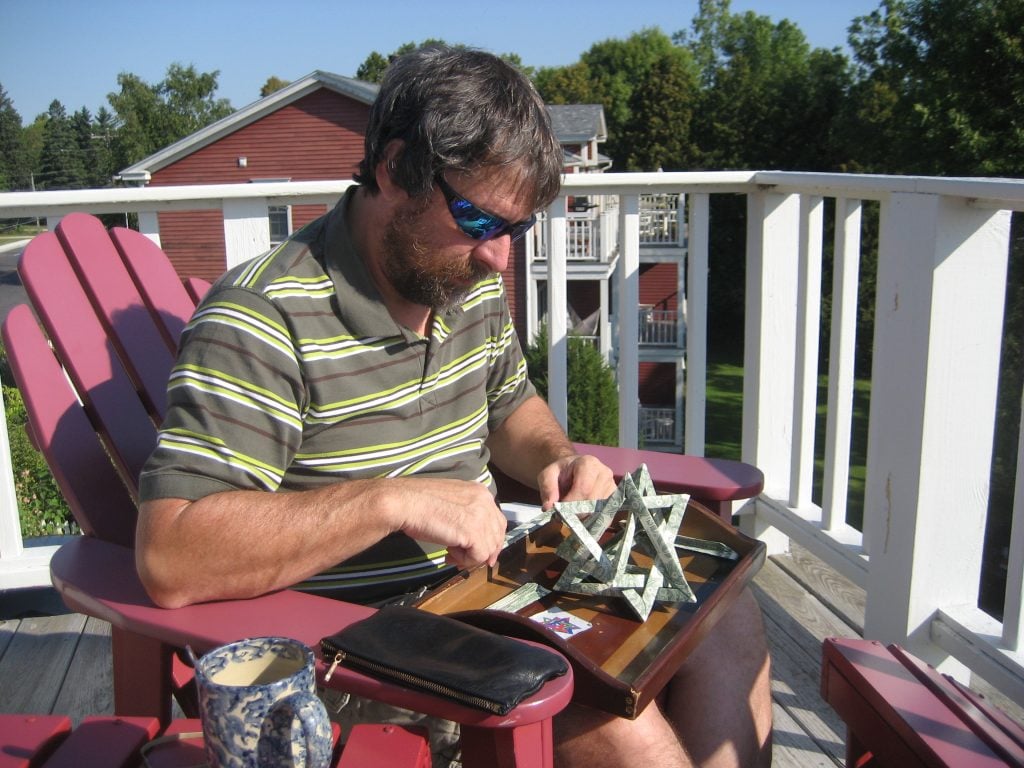
Ron says his money-folding all started as a way to distract his two kids when they went out to dinner. His daughter and my cousin, Erin, says one of her first memories is coloring a farm on the back of a paper placement at a restaurant for all the origami animals to live in—a fence, a barn, a pond. At the end of the meal, Ron would arrange all of the figures on a plate to present to the waiter as his or her tip. Seeing the waiter’s reaction of surprise and pure joy was Ron’s favorite part and the reason why he’s kept doing it for over 25 years. “Anyone can sign the bottom of a MasterCard receipt,” he says. This is more personalized. It’s memorable.
He now documents all of his tip presentations on his Instagram, the_perfect_tip.
https://www.instagram.com/p/7Ji-DMKUnP/?taken-by=the_perfect_tip
Everyone on my mom’s side (there’s about 25 cousins and 20 aunts and uncles), has memories attached to Ron’s money-folding. It’s woven into our family narrative. But when I started asking my extended family for anecdotes for this story, I realized that Ron’s trademark runs much deeper than I thought.
These little figurines are floating around people’s businesses and homes all over the world. Ron’s son, Ben, who learned how to fold after years of watching his dad, started what he calls a “bar art movement” in a random bar in Palestine, Texas, while he was working at the NASA base there. He’s also pinned a few pieces to the “foreign currency” wall in New Zealand’s base in Antarctica, where he conducted physics research on neutrinos, tiny particles that live deep in the ice.
Ron told me recently that he folds up to $2,500 into origami tips every year, which means more than 60,000 of them are out there (not accounting for the ones people unfold and spend). I’m sure you could apply the six-degrees of separation theory to everyone who’s interacted with his money-folding.
Anita Germann is one of those people. She’s cut Ron’s hair for close to 30 years and says she’s never unfolded one of his pieces. “It’s value in its in art form,” she says. Over the years, she’s given the origami as Christmas gifts, wedding and birthday presents. “Only Ron would do this,” she says. “This is Ron.” When she returned home from the hospital after getting treated for ovarian cancer, Ron gave her his famous interlocking tetrahedron as a welcome-back gift. It’s now on display at her salon.
More than just a quirk, Germann considers his money-folding a manifestation of his heartfelt generosity.
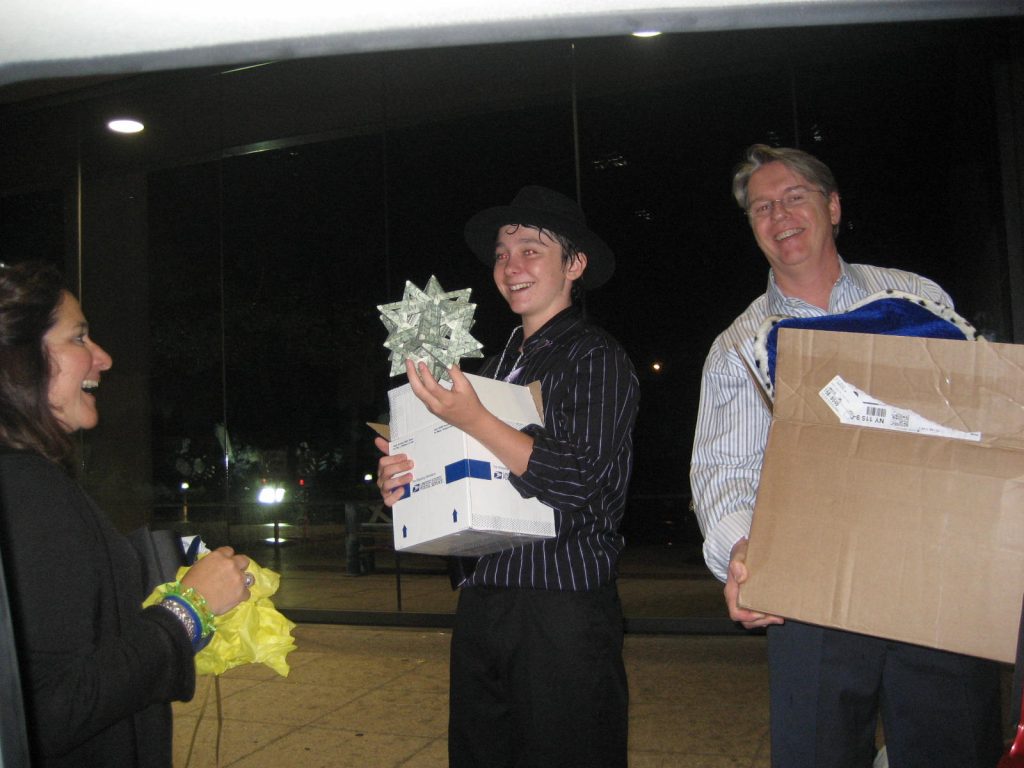
Last weekend, I went to see Ron’s pieces at the National Museum of American History exhibit. Seeing them encased in glass under low museum lighting was strange but exciting—it was like seeing family photos displayed in public. I lingered around the case to eavesdrop on people’s reactions. Besides one guy who commented, “seems like a waste of money to me,” everyone else seemed to get a kick out of the pieces. Most people simply smiled. That’s the only reaction Ron ever wants.
Ron Rotter’s folded money is on view in the National Museum of American History’s ongoing exhibit “The Value of Money.”

